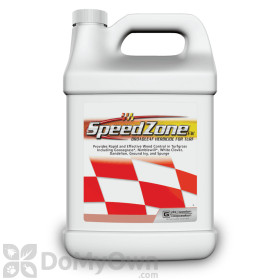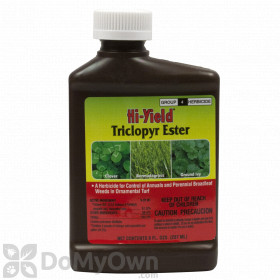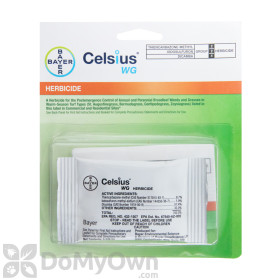What is Black Medic?
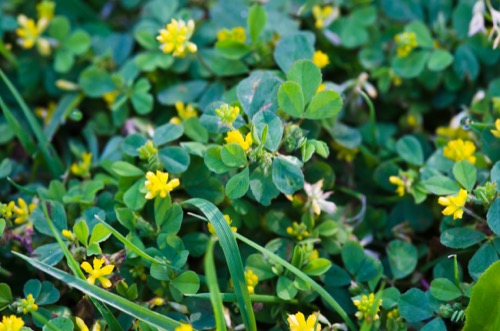
Black medic (scientific name Medicago lupulina) is a broadleaf, prostrate weed that can quickly become a nuisance in lawns, gardens, agricultural sites, and other areas. Although it is typically a summer annual weed, growing in the spring and summer, it can become a perennial weed in more temperate climates.
Black medic weeds are also known as black clover, hop medic, or yellow trefoil. It is part of the legume family and bears some similarities to white clover and oxalis (wood-sorrel). Properly identifying this weed in your lawn is essential to get the most effective plan to prevent and get rid of black medic.
Use this guide to learn about the common characteristics you need to know about to identify black medic weeds in your yard. Then, read the rest of our 4-part guide to learn where and when it grows, how to get rid of it, and how to prevent black medic.
Black Medic, Clover, or Oxalis
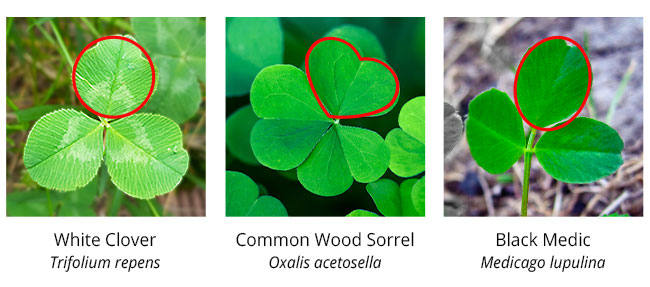
Black Medic may resemble white clover and oxalis (wood sorrel) or other similar weeds, but each has its own distinguishing characteristics. In addition to the leaf shape differences shown above, learn more about Black Medic below, and check out our guides on identifying white clover and oxalis.
Stems
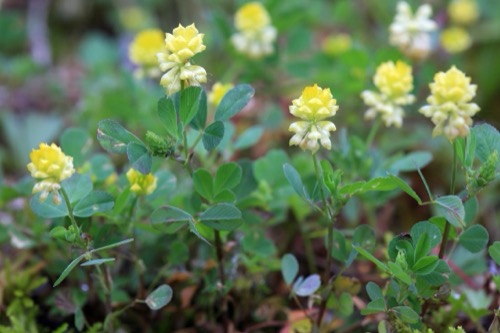
Black Medic plant stems typically grow prostrate, or flat, on the ground with horizontal stems spreading out from a central taproot. The stems do not take root at nodes along their length but can entangle to form a patch of Black Medic growth in a single area.
The slender, hairy stems found on Black Medic plants can grow up to two feet long and bear green leaves, yellow flowers, and black seeds in the summer.
Leaves
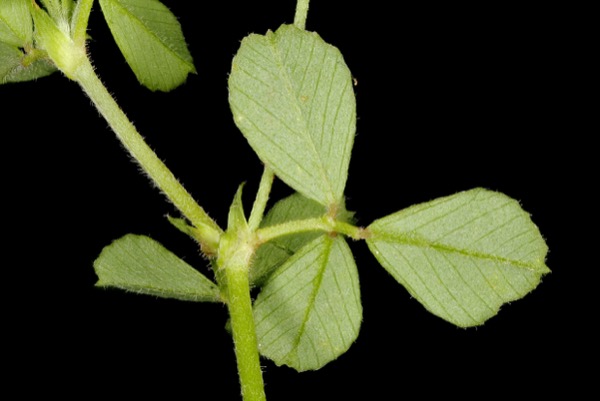
Black Medic leaves have some distinguishing characteristics that can help you identify this weed, including:
- The green leaves of the Black Medic weed grow alternating along the stem.
- The leaves of Black Medic are trifoliate, meaning each leaf section is fully divided in groups of three leaflets.
- The three oval-shaped leaflets have parallel veins and are serrated or toothed along the outer edge, or margin.
- At the tip of each leaflet is a small spur or tip projection.
- The center leaflet is attached to the stem with a longer stalk (petiole) than the other two leaflets. This often differentiates Black Medic from white clover.
Flowers and Seeds
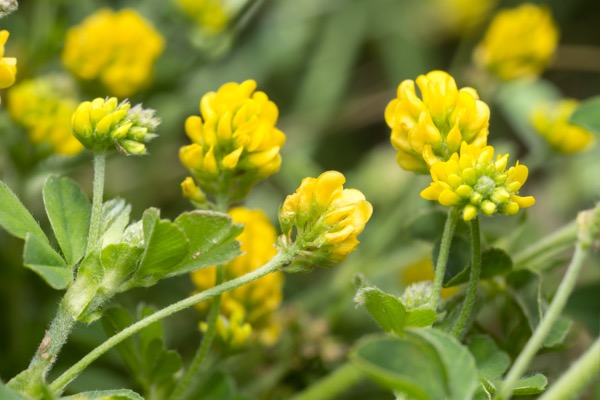
Black Medic reproduces from seed and it's through the flowering process that seeds are produced.
Black Medic plants grow clusters of small, bright yellow flowers at the end of the stems. Each flower head cluster usually has 10 to 50 individual pea-shaped flowers in a structure known as inflorescences. It flowers in the spring and summer, typically from April to July.
After flowering, small kidney-shaped seed pods replace the flowers. These 1/2" - 1/8" seed pods turn black as they mature and each pod contains one seed.
Roots
Black Medic weeds grow from a branched central taproot that can reach deep underground. The deep taproot helps this nuisance weed survive during dry conditions.
Through a symbiotic relationship with rhizobium bacteria in the soil that form nodules along the roots, black medic can convert atmospheric nitrogen to nitrogen available to the plant and enrich the soil around the plant. Because of its ability to fix nitrogen, Black Medic plants can grow in areas with low nitrogen and can often be a sign of nitrogen deficiency in the soil.





